Hello, today we will introduce how to optimize your GMRS radios for better performance. If you’re experiencing issues or looking to enhance your setup, here’s a detailed guide to help you improve your radio experience.
Repeater Range and Performance:
If you're getting "kerchunks" and repeater IDs but no voice communications, it might be due to the height of the repeater's antenna. Even with high-gain antennas on your handheld radios, the signal might still be weak if the repeater's antenna is not elevated enough. To improve performance, consider the following:
- Antenna Height: Higher antennas generally provide better coverage. If possible, use a mobile antenna or elevate your current antenna to boost the signal.
Programming Tips:
-
Offset and Tones: You’ve programmed the offset (frequency + 5 MHz) and input/output tones as per mygmrs.com. If you’re still having issues, you might need to tweak these settings further. Make sure they align precisely with the repeater's specifications.
-
Direction: On the UV-9G, the "direction" setting might be confusing. This setting typically refers to the direction of the repeater’s output relative to your input. Check the manual for detailed instructions on how to configure this properly.
Antenna Options:
-
Current Antennas: Your UV-9G radios came with both a shorter and a longer antenna. Generally, the longer antenna offers better range and signal clarity. Use the shorter one for more portable, everyday use and the longer one when you need extended range.
-
Recommended Upgrades: There are mixed reviews about antennas like the Smiley Super Stick and Slim Duck. Investing in a high-quality antenna like the Nagoya 771G could be beneficial. It’s worth considering if you’re looking for improved performance.
Additional Tips:
-
Repeater Traffic: If you haven’t heard any traffic yet, continue monitoring the repeaters. It might take some time to catch activity. Additionally, looking for local GMRS groups on platforms like Facebook can provide more insights and local frequencies.
-
Testing and Range: For range testing, using simplex channels with a nearby family member is a good approach. You might also consider field tests in various locations to evaluate your signal strength and range.
Comments and Suggestions:
- Antenna Height Matters: Performance can be significantly impacted by antenna height. Elevating your antenna or using a mobile setup might provide better results.
- Monitoring Repeater Traffic: Be patient and keep monitoring. Specific frequencies and long tails on repeaters can offer insights into your signal strength.
- Chirp Programming: Using Chirp software for programming might help in fine-tuning settings such as squelch and other configurations across your radios.
Final Thoughts:
Navigating GMRS radios can be complex, but with the right setup and some patience, you can optimize your equipment effectively. Feel free to share additional tips or experiences you’ve had with your radios.
Thanks for reading, and happy radioing! For more supporting information, please visit talkpod.com.

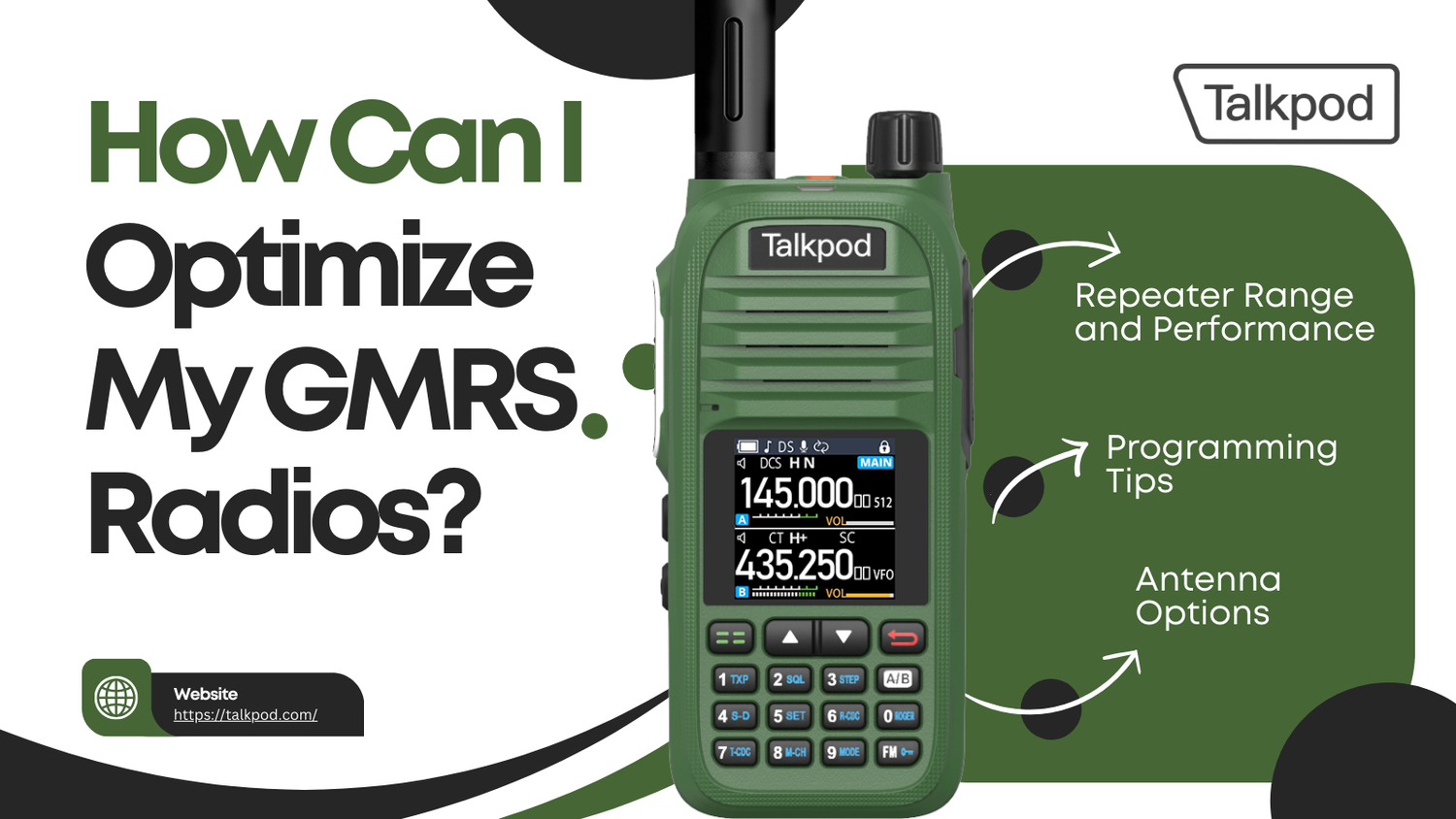


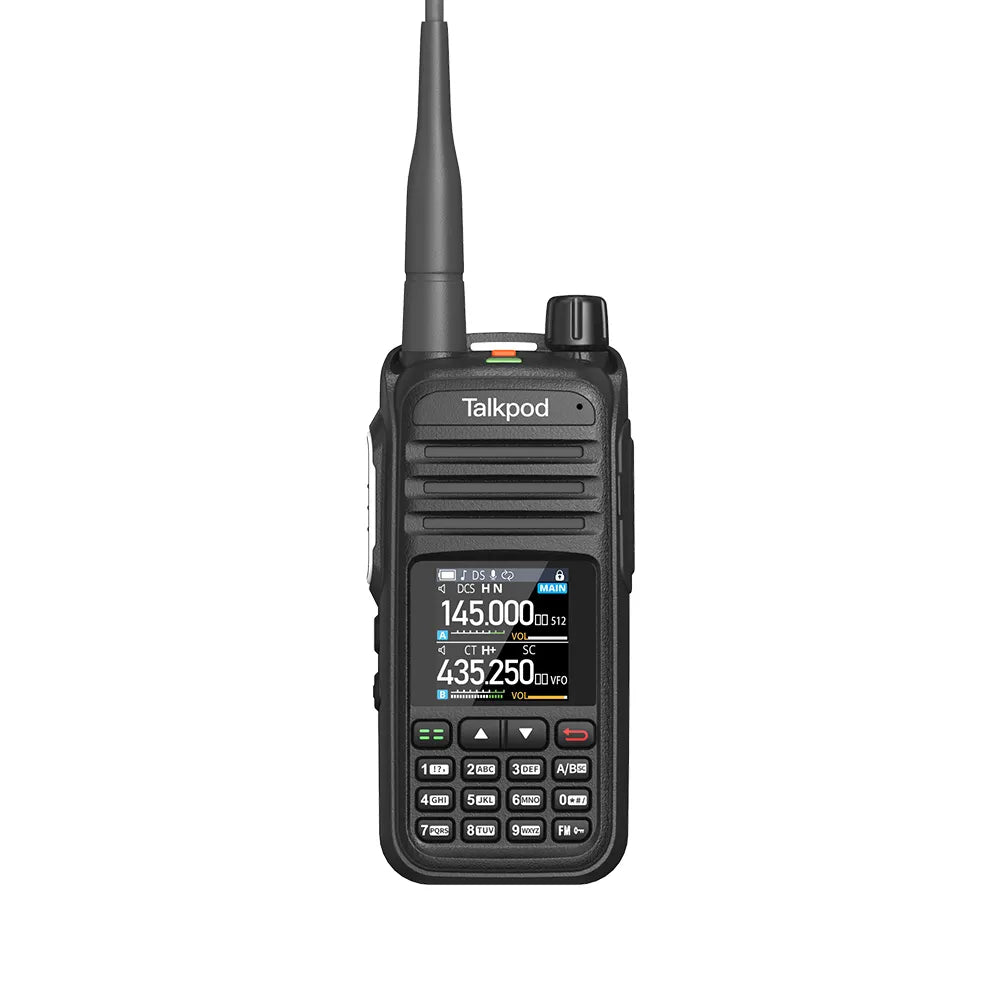
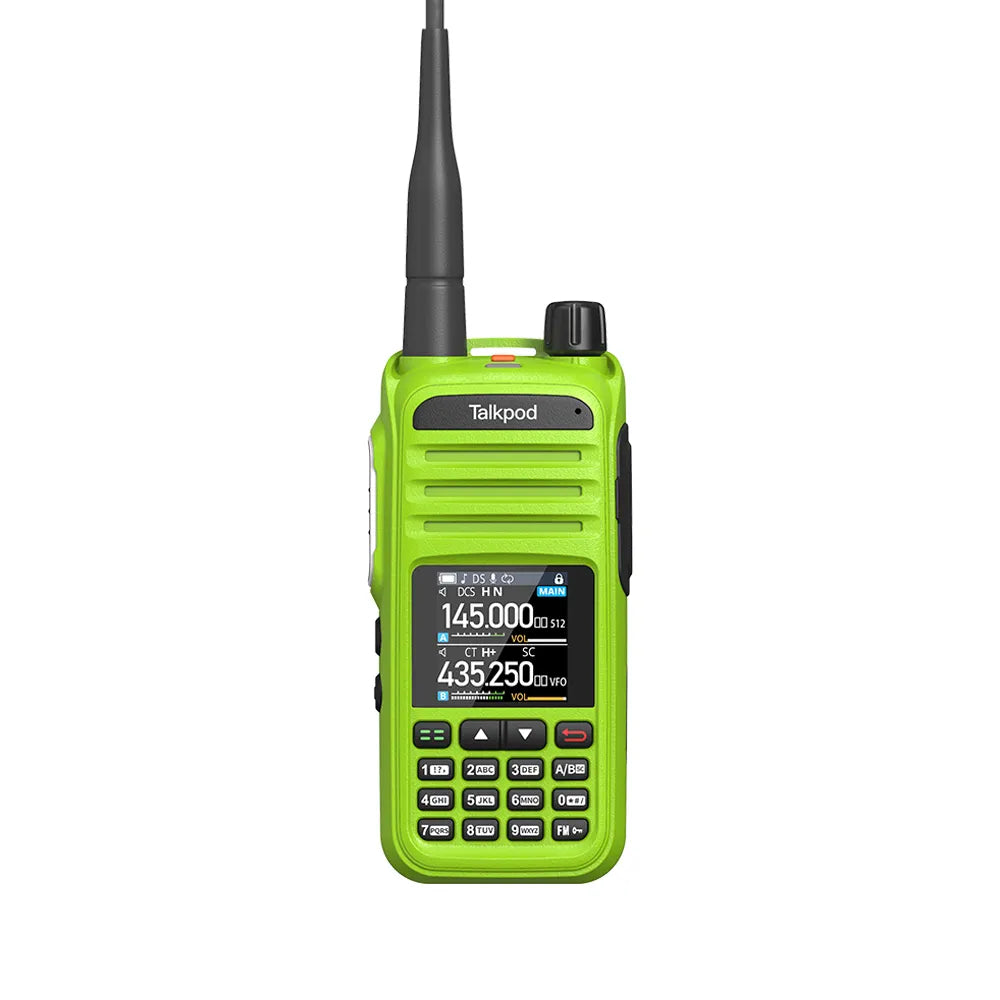
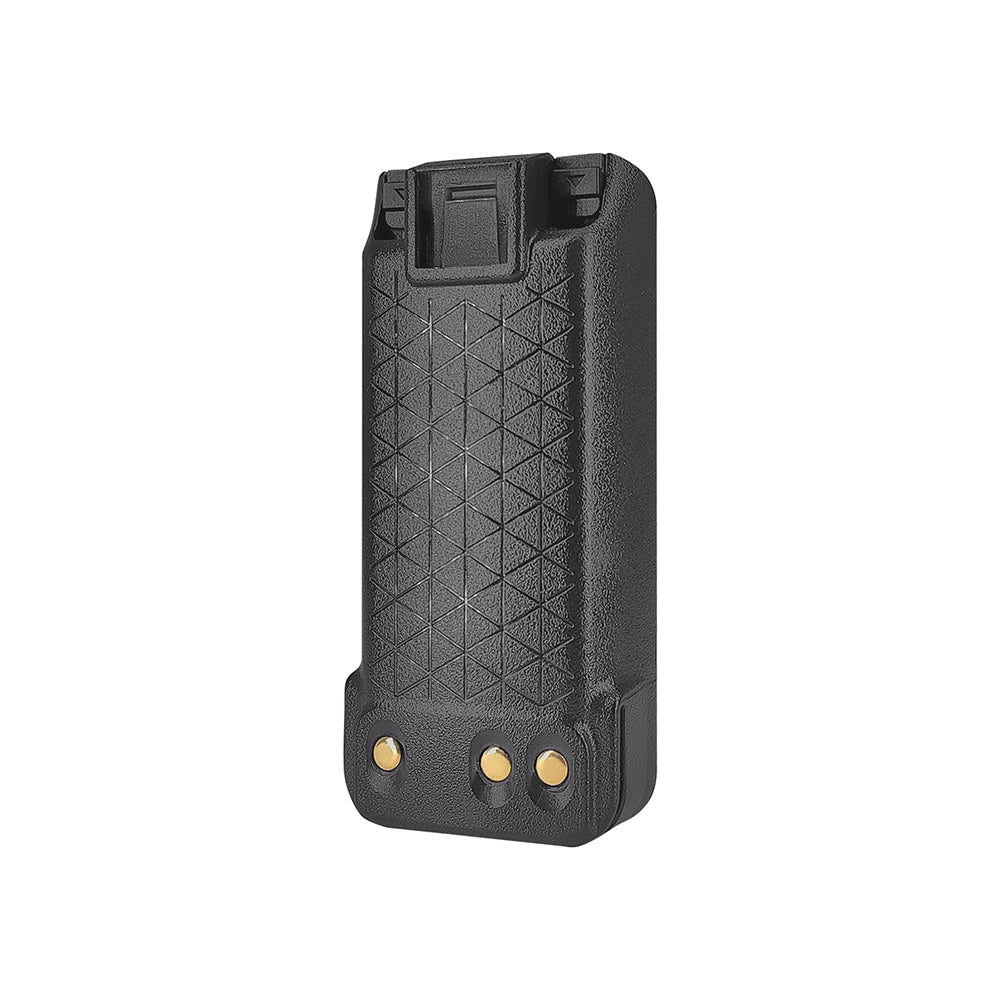
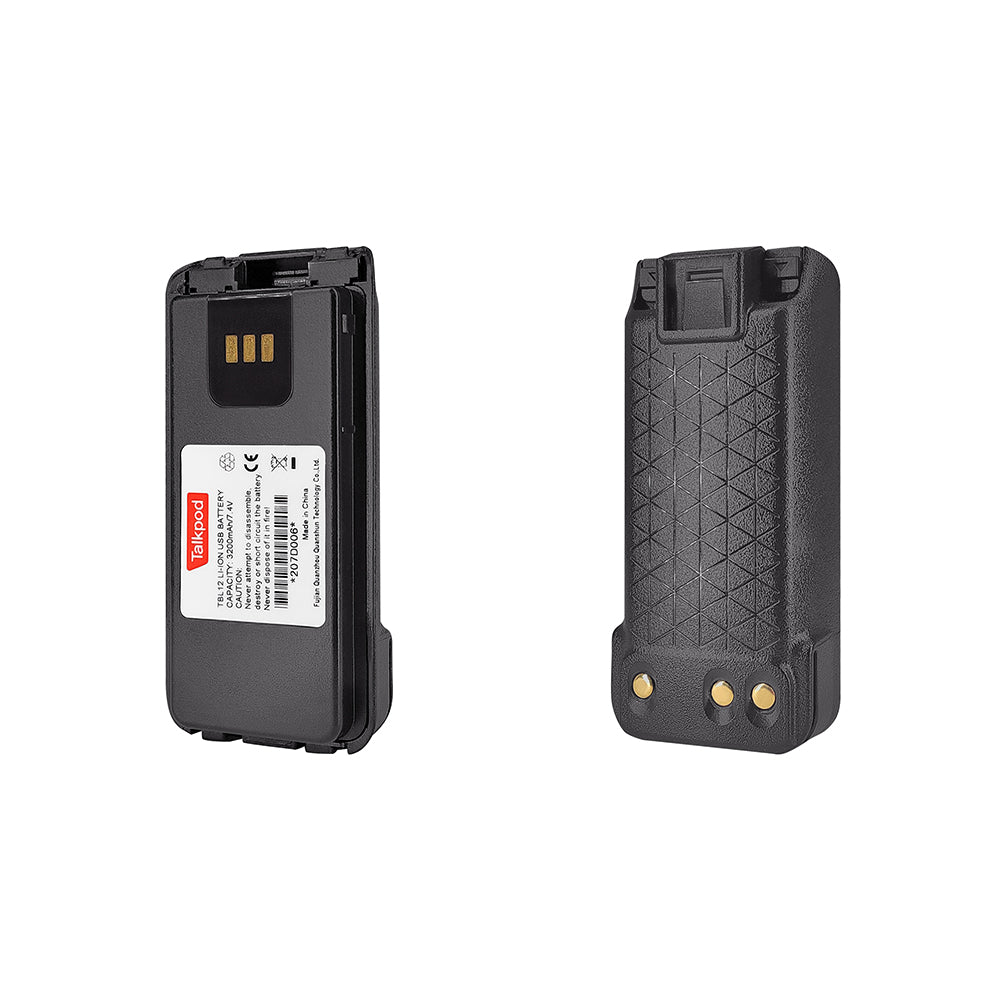
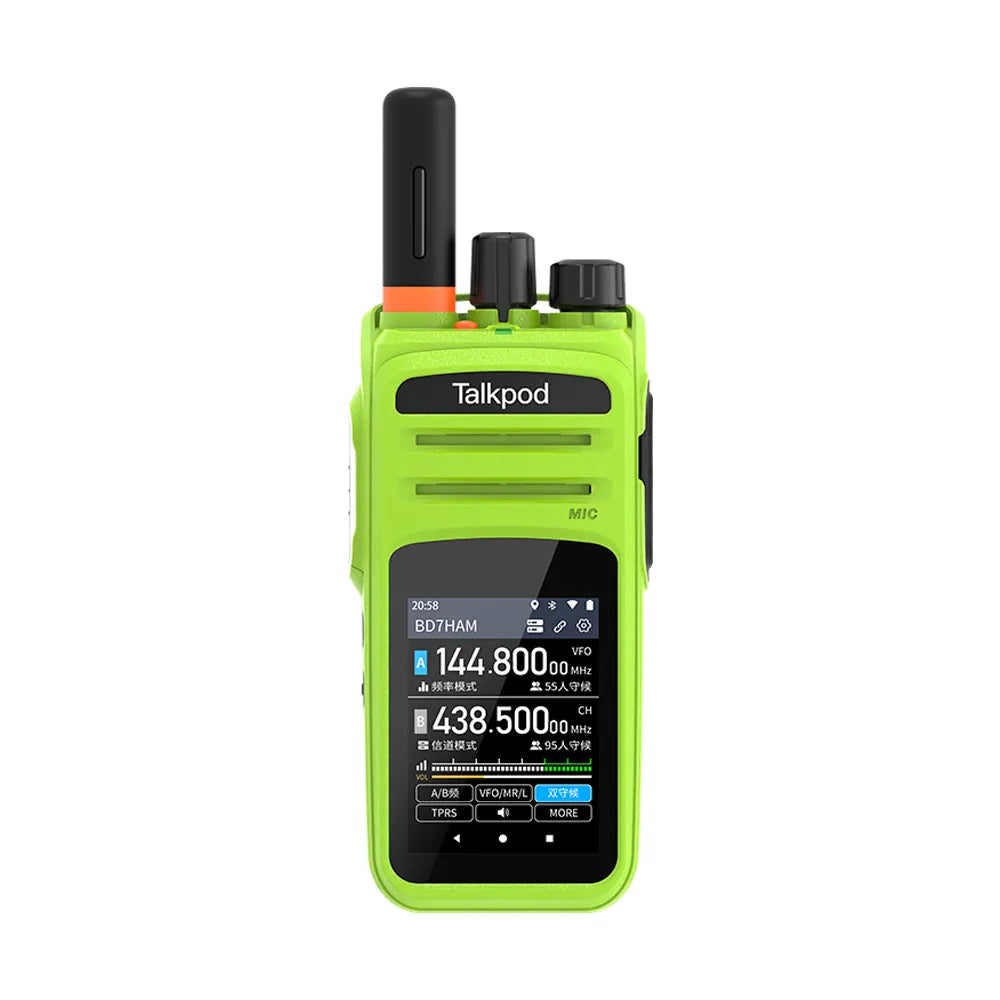
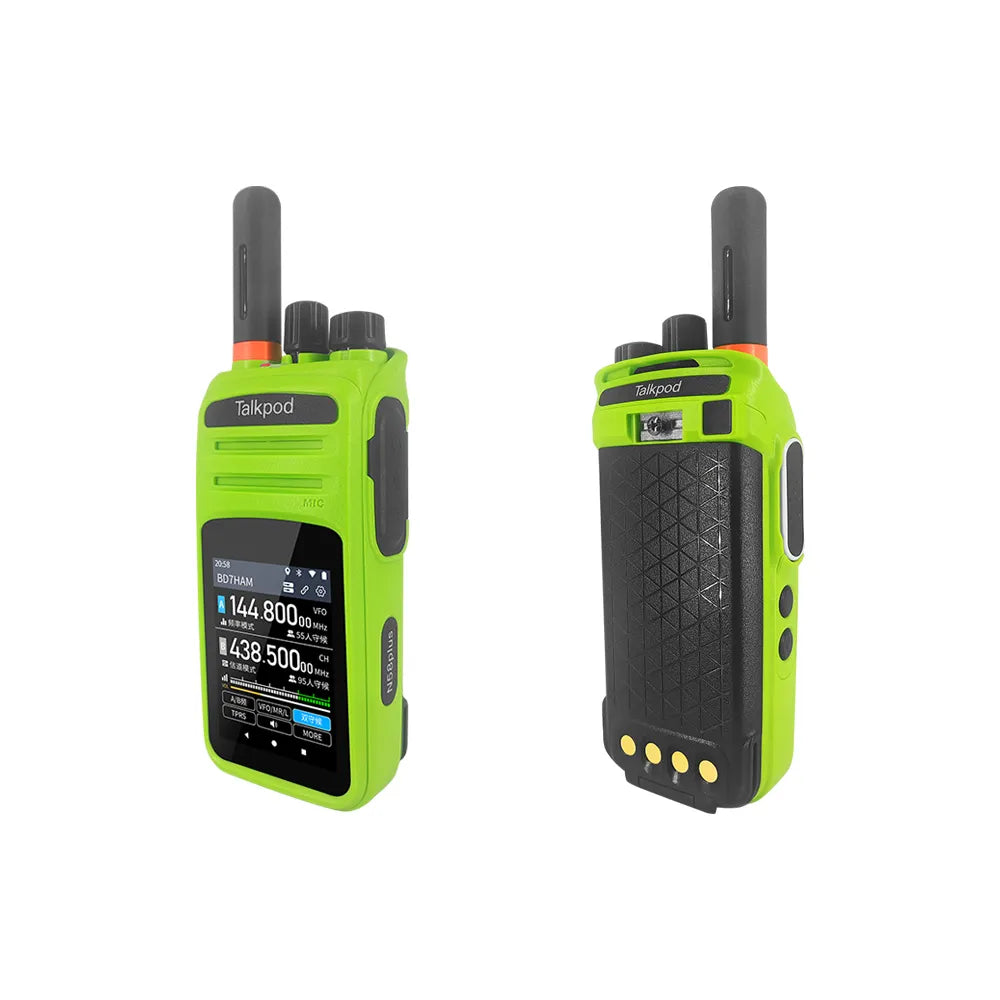
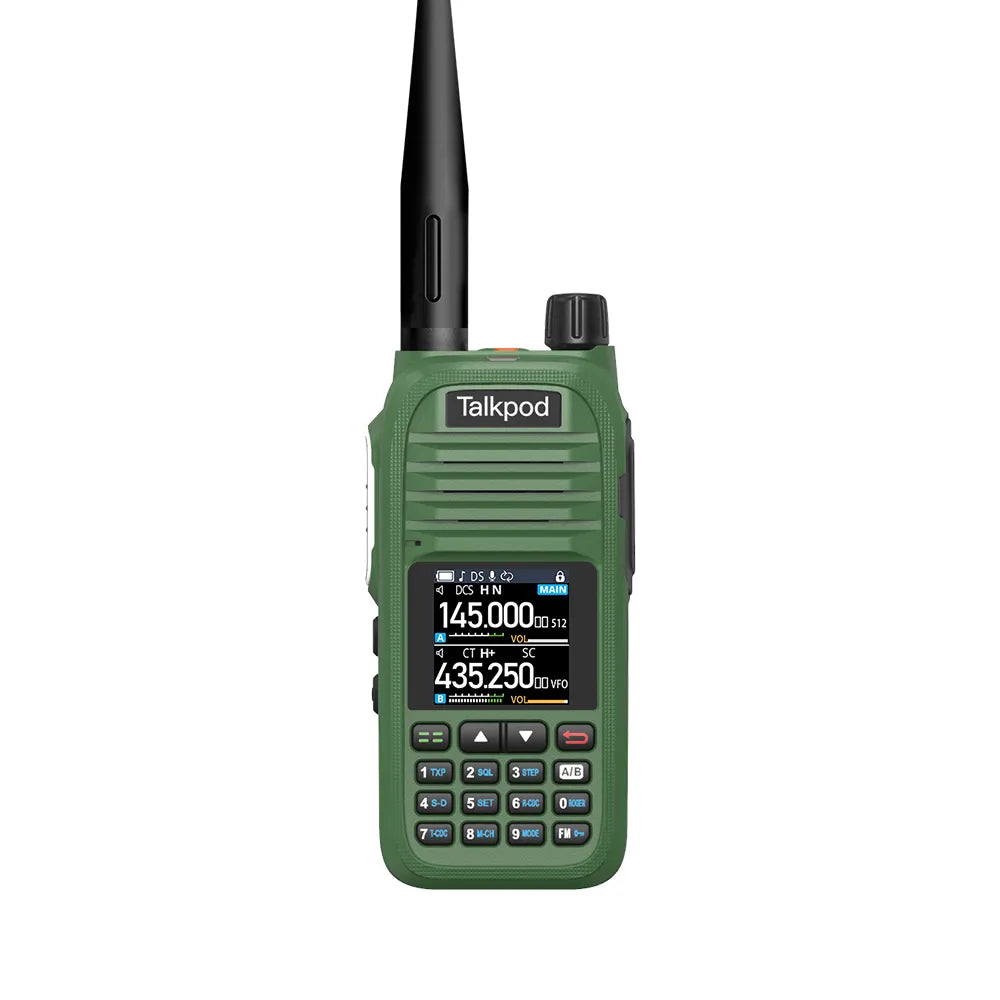
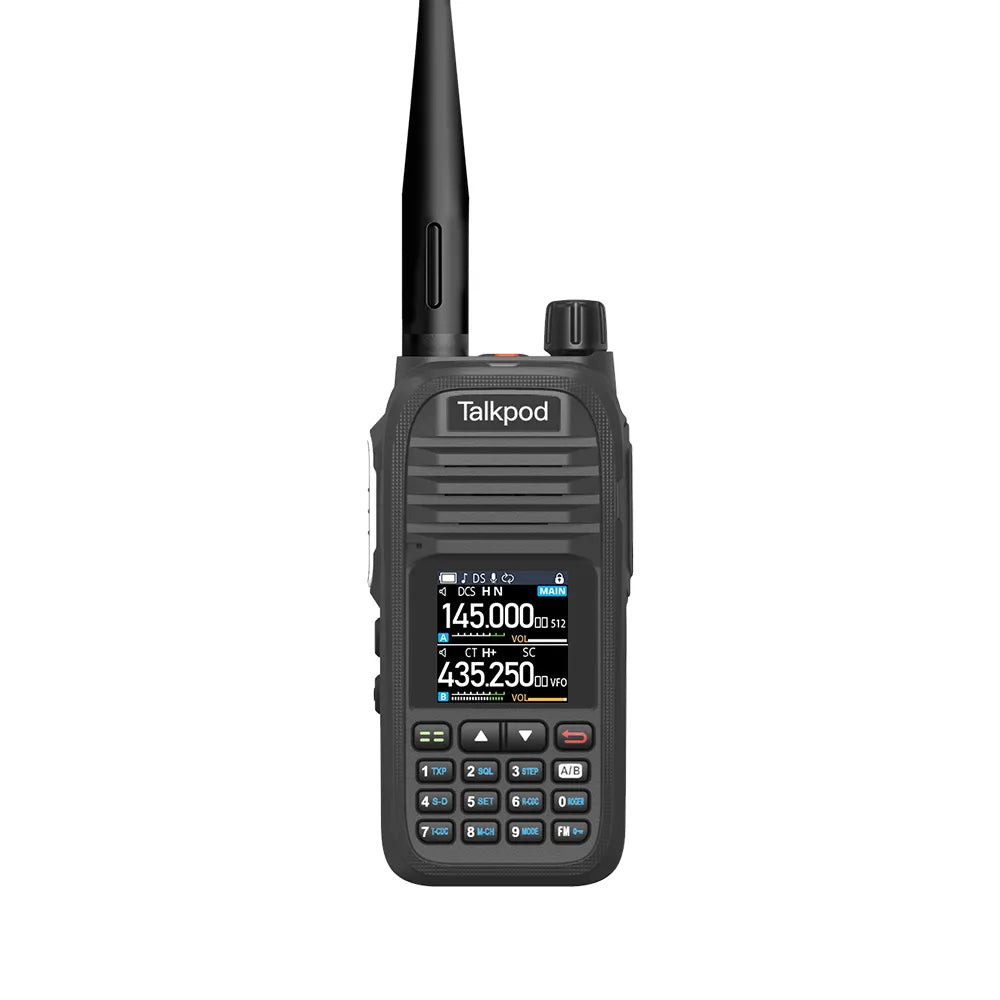
Leave a comment
All comments are moderated before being published.
This site is protected by hCaptcha and the hCaptcha Privacy Policy and Terms of Service apply.